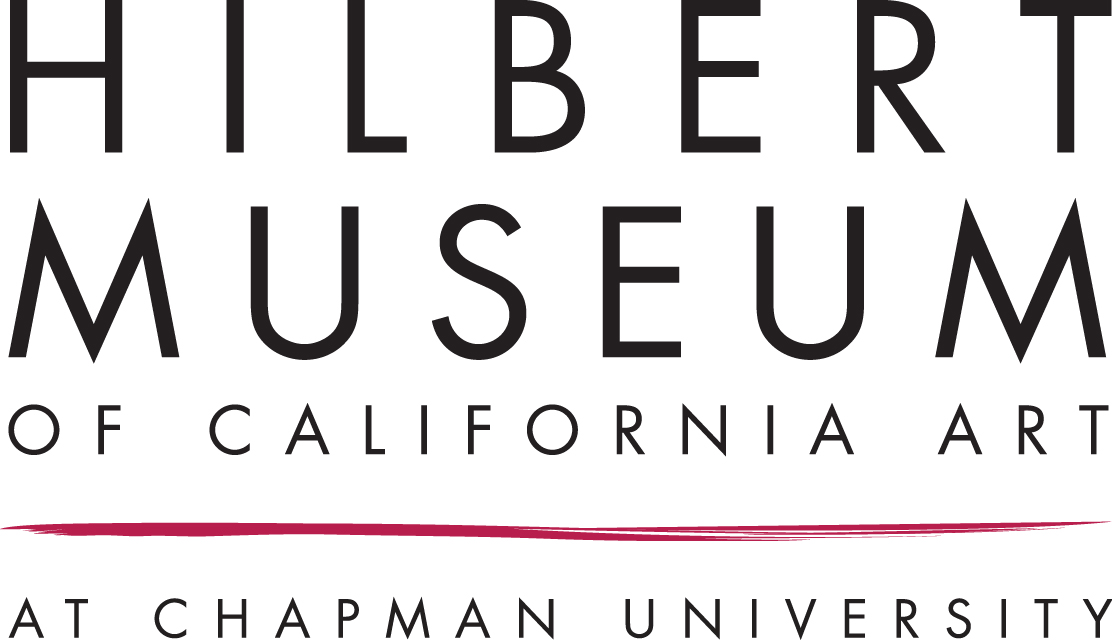Erle Loran
1905 - 1999
But, it was Cézanne's work that motivated him. His fascination with Cézanne led him on a three-year odyssey through Cézanne country where Loran painted and photographed the countryside around Aix en Provence. It would be this experience that formed the foundation for Loran's 1943 book, "Cézanne's Composition". After returning from Europe, he exhibited extensively. In 1936, he moved to California where be began his long teaching career in the art department of the University of California, Berkeley. It would also be during this period that Loran would associate himself with modernist Hans Hoffman. Loran served as the department's chair in the early 1950s, and was awarded a University Citation upon retirement in 1973.
His early paintings include lyrical abstractions in primary colors; however, his style has constantly changed with the times. Watercolor was Loran's medium of choice because it dried fast and was lighter to transport to his often-remote plein air locations, such as the ghost towns of California and Nevada. His landscapes, often to include a building or structure, were clean, fresh, and spontaneous. A sample of his works, 'Refined Oil Dock', 1941, is a delightful period piece showing an East Bay refinery with it's brick buildings and shacks of an oil company silhouetted against the Golden Gate Bridge.
In the 1940s, as the war in the Pacific intensified along with domestic tensions, Loran's work transitioned from plein-air painting to studio work. During this period, landscape painters were occasionally seen as suspicious figures and sometimes mistaken for spies. Loran had such an experience when an armed soldier detained him. Shortly thereafter he decided to focus his painting on abstraction.
In the late 1960s, his work became a fusing of Op, Pop, and Hard Edge. From this he moved to figurative painting and later to geometric designs and symbols.
In 1960, while in New York City, Loran had further study with Hans Hoffmann who brought European modernist philosophy and techniques to the United States.
Among Loran's many exhibitions were in 1924 at the Minnesota State Fair; the Museum of Modern Art in New York City, 1933; the Rockefeller Center, 1935; Oakland Art Gallery, 1936-1946; the San Francisco Art Museum annuals from 1936; the Golden Gate International Exposition of 1939; California Palace of the Legion of Honor, 1945; California Watercolor Society, 1947, among many others. His works can be seen at the San Francisco Museum of Modern Art, the Denver Museum, the University of Minnesota, the Santa Barbara Museum, and the International Business Machines (IBM) Corporation.
Afflicted with a visual impairment, Erle Loran continued to paint until about a year before his death. He died in Berkeley, California on May 13, 1999 at the age of 93.
Information on the biography above is based on writings from the book, "Artists in California, 1786-1940, II", by Edan Milton Hughes, and "The Plein Air Scene", by Sarah Beserra.
Courtesy of CaliforniaWatercolor.com
Person TypeIndividual














